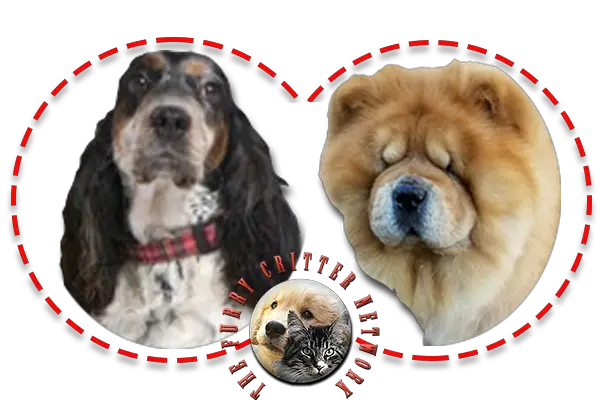Behavior
Most commonly kept as pets, Chow Chows tend to display discernment of strangers and can become fiercely protective of their owners and property. The American Kennel Club standards, however, consider an all-too aggressive or all-too timid Chow Chow to be unacceptable. For that reason, some owners have attributed a cat-like personality to the Chow Chow.
Owning a Chow Chow can raise the cost of homeowners insurance because some companies consider them high-risk dogs.
Chow Chow are not excessively active, meaning that they can be housed in an apartment. However, Chow Chow living in apartments will need daily exercise to prevent restlessness and boredom. Upon realizing that exercise is a daily occurrence, Chow Chow will tend to be more assertive with owners in anticipation of such activities.
This breed of dog has many strong loyal bonds with friends and family, however the Chow Chow dog is usually overly protective of one or two main family member(s). It is in the breed’s nature to be quiet and well behaved. However, it is also resistant to training. Chow Chows become very stubborn and attach to certain individuals, as they age. This is why training them when they are puppies is so crucial; they gain respect for those who care for them. In order to avoid aggressive and over-protectiveness as an adult, continuous socialization as early as possible could allow the dog to adjust. When Chow Chows have reached adolescence they reject authority from any other owner who failed to earn its admiration. Aggression can be one distinctive behavioural characteristic in this breed, though while some are of an aggressive nature, many are known to be easy-going in nature - sometimes adopting an aloof disposition to individuals other than their owners. Aggression when it does appear is often towards other dogs of the same sex, especially Chows. Due to their strong hunting instincts, it is recommended that these dogs stay fenced, leashed, and away from cats and small dogs. This is why it is crucial that they are socialized early and consistently in order to act appropriately with strangers. At first, chow chows are very hesitant in interacting with strangers. However, this problem can be avoided if the owners train the chow chow at a young age.
A Chow Chow was featured as the look for Furrycritter.com for the first 7 years of the websites existance. He lived to be 14 years of age and was one of the best friends one could ask for. He co-existed with other dogs and cats his entire life including eating out of the same food and water dish with the other animals at the same time. While displaying aggression towards strangers he would warm up very quickly to their presence and would look to them for affection.
The Chow Chow can adapt to life in the city provided he gets out for long, daily walks. Daily brushing and combing is required for this very clean dog. A curry brush is needed during seasonal shedding. The Chow Chow despises being tied up and does not tolerate heat well.
Health
The Chow Chow can suffer from entropion, glaucoma, juvenile cataracts, lymphoma, hip dysplasia, diabetes mellitus, canine pemphigus, and gastric cancer. Chow Chows are a high risk breed for autoimmune disease and are at a predisposition for skin melanoma. Due to the Chow Chow's thick coat, fleas can be a problem.






